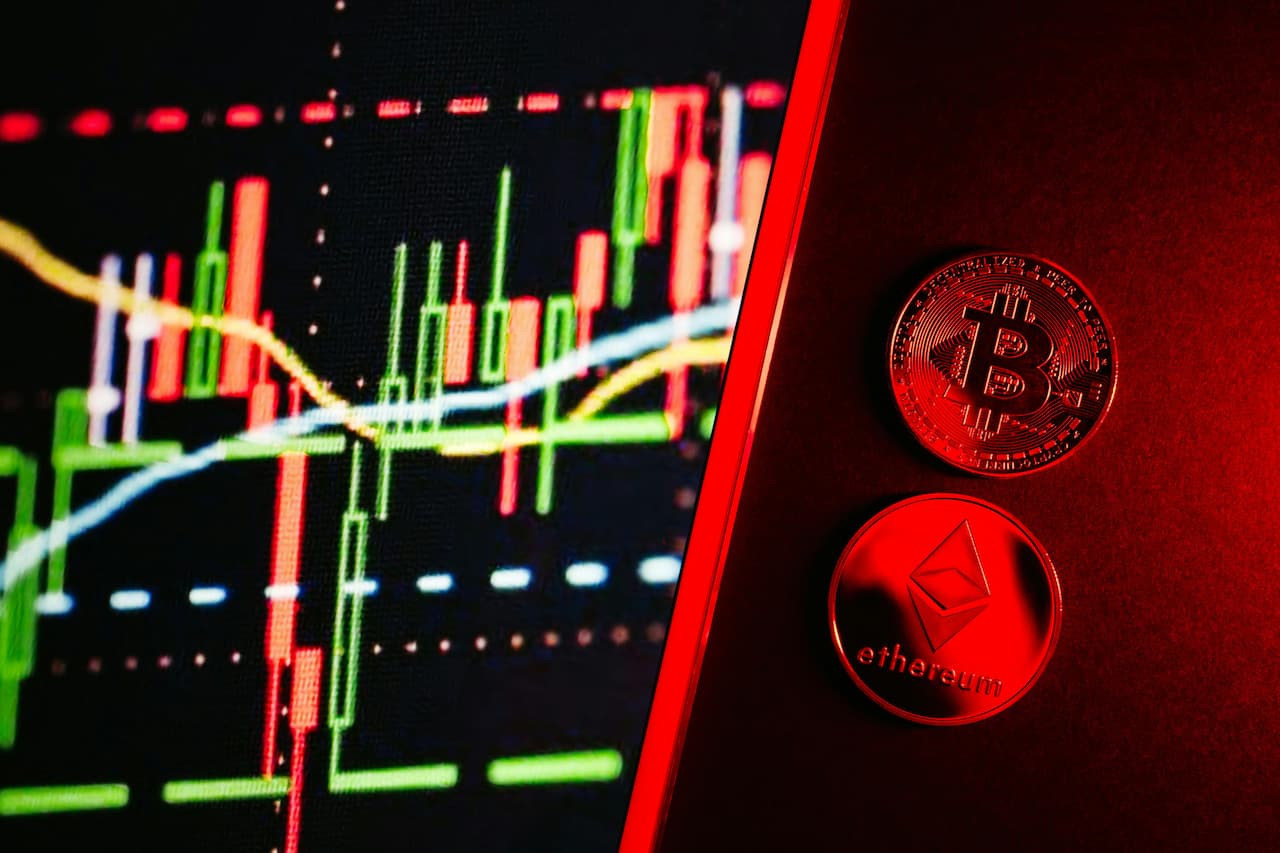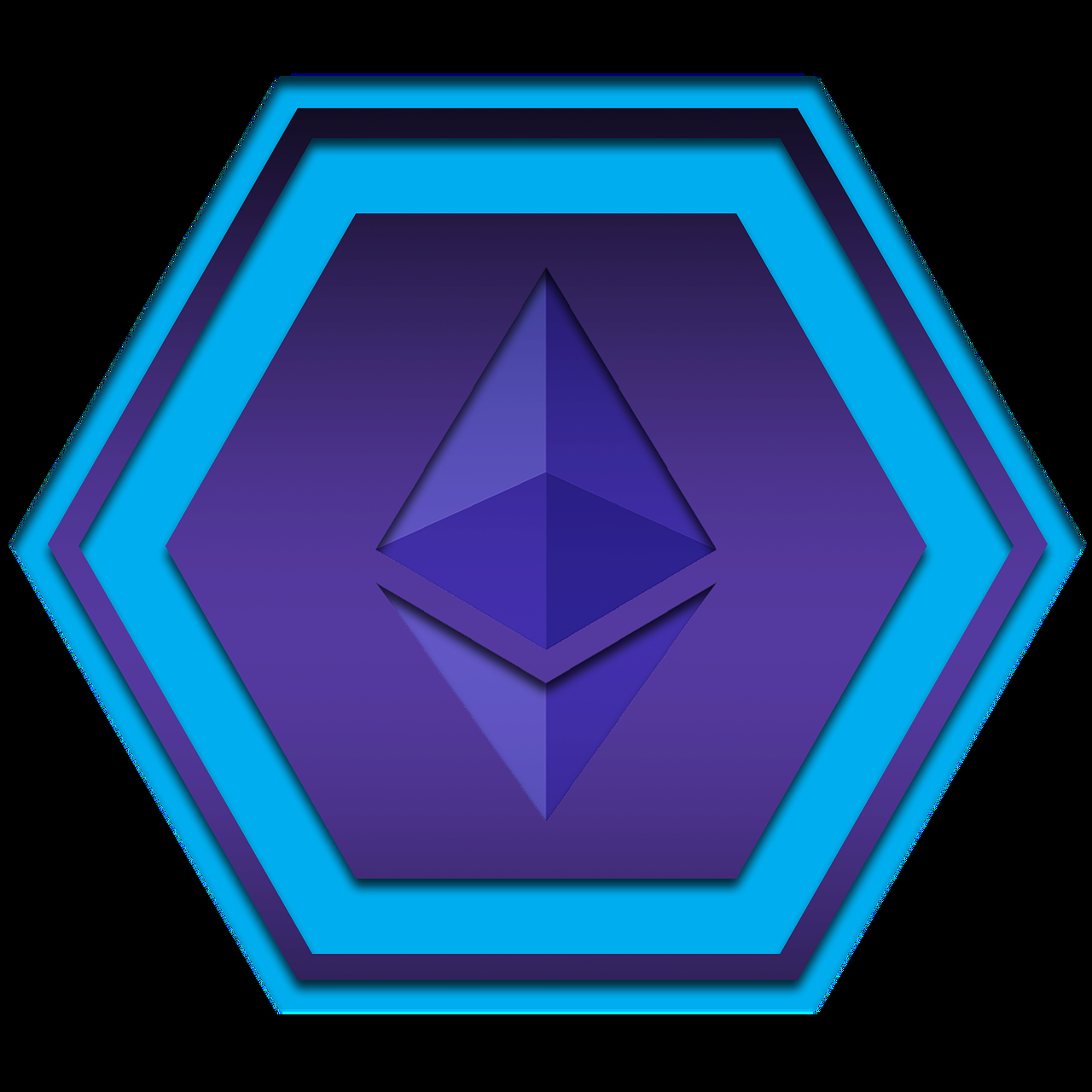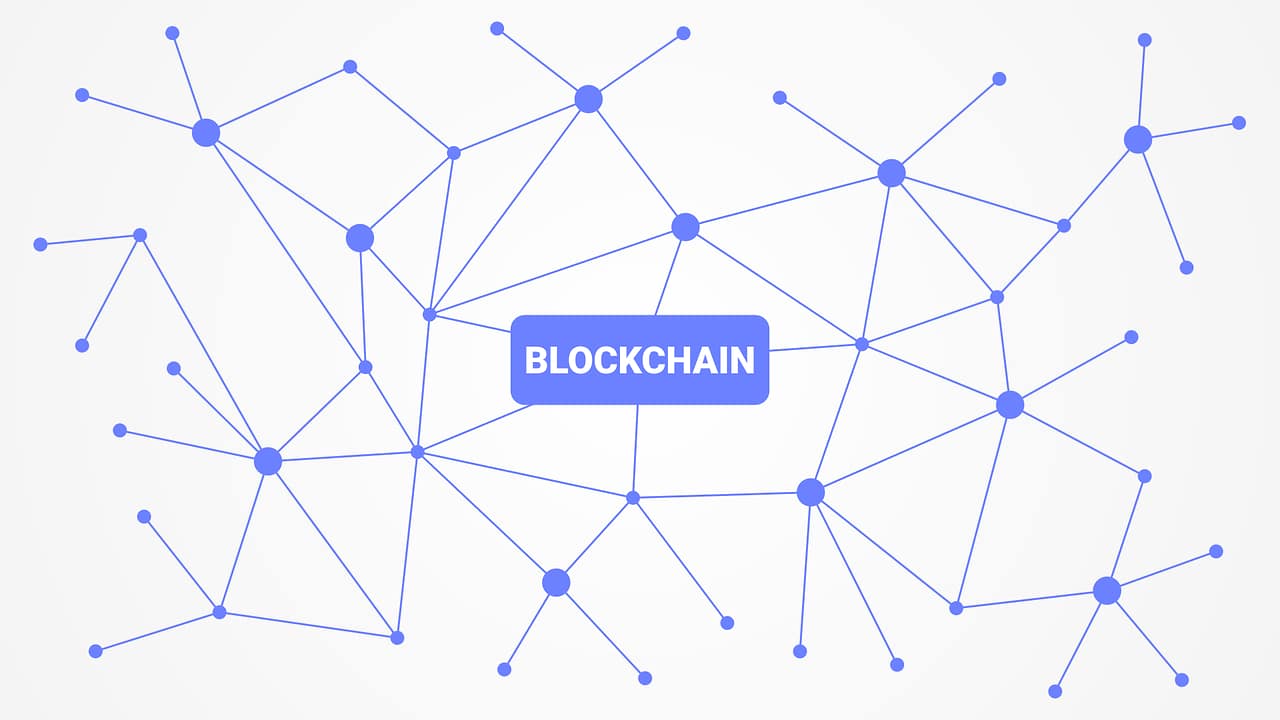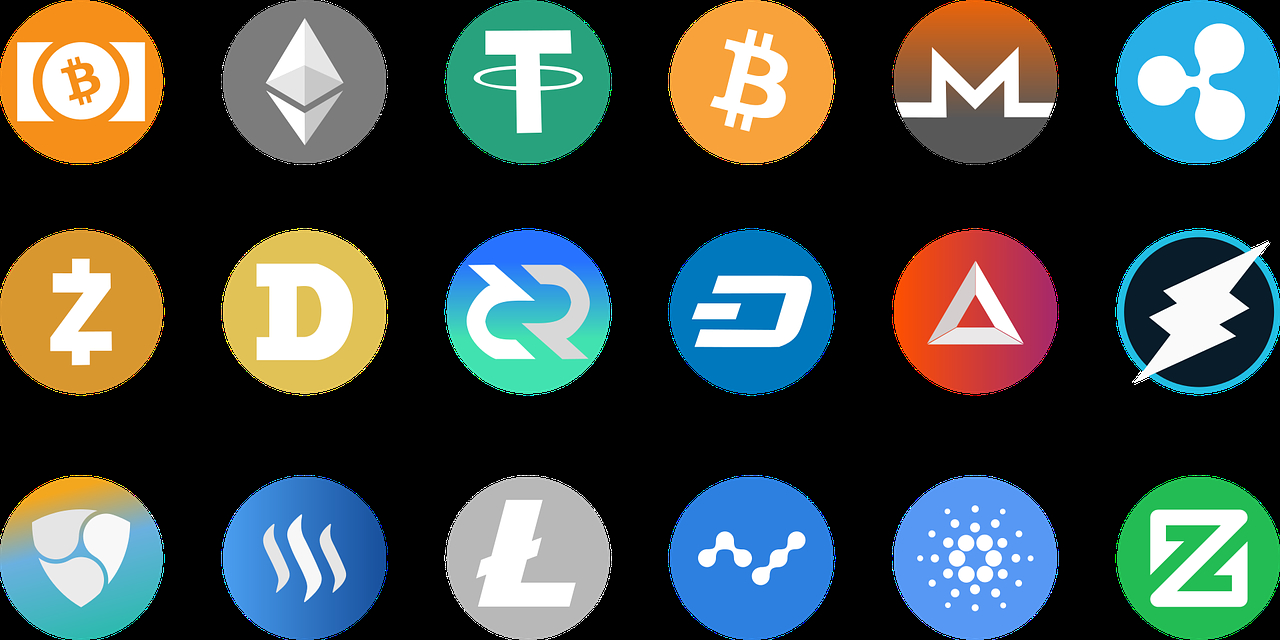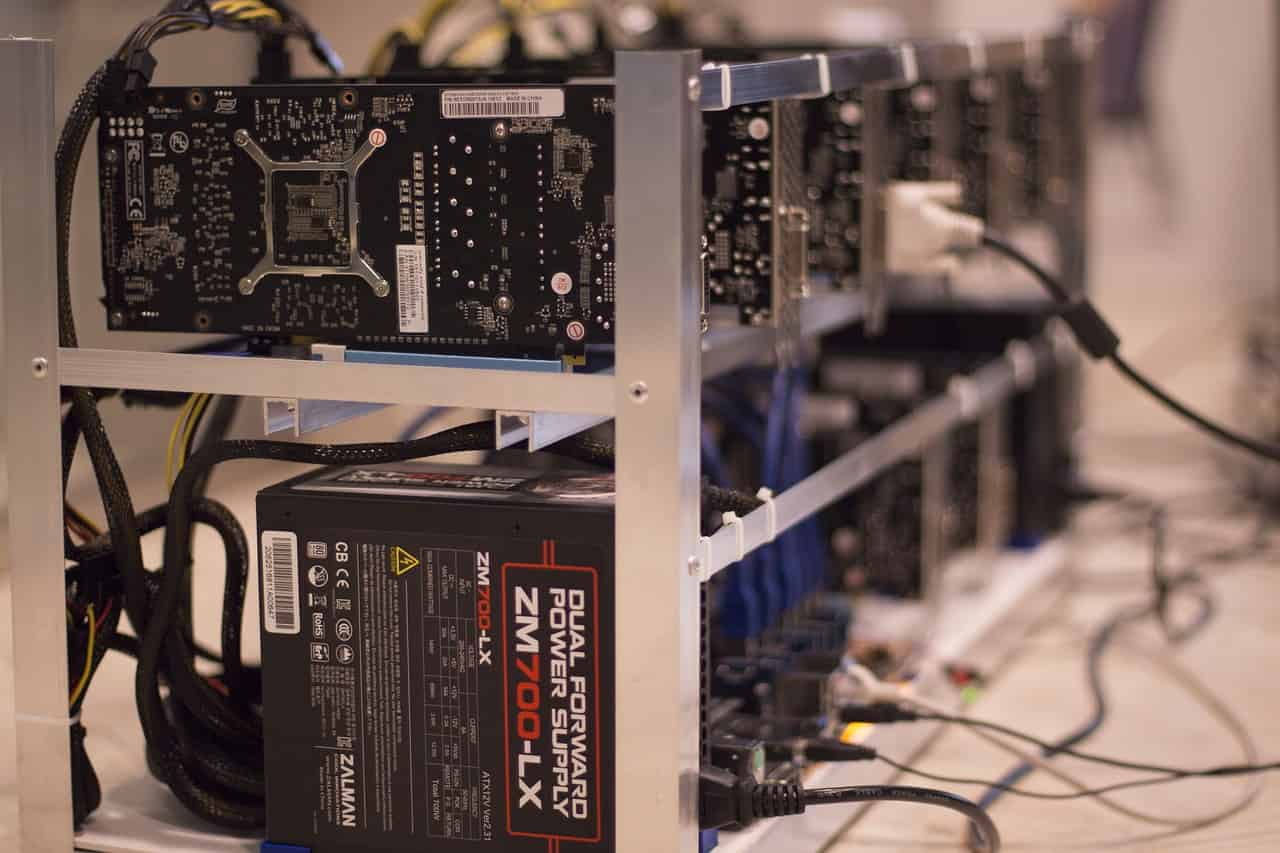High-risk niches like crypto, iGaming, finance, and health demand visible expertise, clear accountability, and rigorous sourcing. Search systems scrutinize who wrote the page, who reviewed it, and whether claims are supported by primary evidence. Users do the same. Build Experience, Expertise, Authoritativeness, and Trust with process, not slogans.
Why E-E-A-T Matters In Regulated And Sensitive Niches
Pages can influence money, health, and legal outcomes. That raises the bar for accuracy, provenance, and safety language. E-E-A-T helps editors prove that content is written by qualified people, reviewed by peers, and grounded in public facts. It also reduces volatility during core updates because trust signals are baked into structure, not added as decoration.
Signals That Prove Real-World Experience
- First-hand work samples and case notes that show how the author applied methods or tools
- Screenshots, data exports, and transaction proofs with dates and redactions where needed
- Plain disclosures about limits, risks, eligibility, and jurisdiction
- Instructions that match the current interface or policy wording
Make experience concrete. Replace generic tips with short walkthroughs, logs, and decision checkpoints that readers can reuse.
Author And Reviewer Governance
Assign clear roles. Every page lists an author with verifiable credentials and a reviewer when policy requires a second set of eyes.
- Author card with name, short bio, and relevant qualifications
- Reviewer card for YMYL content with date of review and scope covered
- Profile pages that aggregate publications, citations, and affiliations
- Change log that records edits, reviewer approvals, and method updates
Page-Level Playbook
- Define the user decision the page supports.
- State scope and assumptions at the top.
- Cite primary sources next to claims, not only in a footer list.
- Add an FAQ that answers risky edge cases users ask about.
- Provide a “How We Test” or “Method” box in the layout.
- End with next actions and safety resources.
Site-Level Trust Stack
- Editorial Policy published and linked sitewide
- Corrections Policy with a simple form and visible examples
- Responsible Use Pages such as responsible gambling, security hygiene, and age checks
- Contact And Ownership with real company details, not a contact form alone
- Structured Data for Organization, Person, and Review where appropriate
iGaming And Crypto Specifics
Regulated markets expect clarity about RTP, dispute contacts, and eligibility. Crypto audiences expect wallet safety, fee explanations, and fraud warnings. Keep both in mind.
- RTP or fairness notes supported by audits or public randomness descriptions
- Jurisdiction notices and licensing references with checkable registry links
- KYC steps and data retention summaries
- Wallet risk basics for new users and links to helplines where relevant
Execution often benefits from specialist guidance. If you operate in gambling jurisdictions, coordination with an igaming SEO agency helps align content workflows with compliance, review cadence, and link risk controls.
Content Types That Carry E-E-A-T Well
- Explainers With Provenance: definitions with examples, citations, and short proofs
- Comparisons With Methods: scoring rubrics, weighted criteria, and update dates
- Walkthroughs: step-by-step guides tied to a named product version or release date
- Incident Analyses: what happened, sources, remediation, and user impact
- Q&A Hubs: canonical answers linked from support tickets and search logs
Measurement And Quality Assurance
Track more than rankings. Measure trust behavior.
- Scroll depth on policy and method boxes
- Clicks on citations, registries, and safety links
- Time to first answer in FAQs
- Correction requests resolved and time to resolution
- Author and reviewer throughput with rejections and reasons
Run scheduled link risk scans. Replace spun directories and expired domains with primary sources. Maintain a whitelist of authoritative registries, regulators, standards bodies, and academic outlets.
Common Pitfalls To Avoid
- Decorative author boxes with no verifiable trail
- Aggregated claims without a single primary citation
- Outdated screenshots and mismatched UI language
- Boilerplate disclaimers that conflict with local law
- Over-optimized anchors inside noncommercial sections
Each of these erodes credibility and invites volatility when quality raters or algorithms evaluate the site.
Implementation Roadmap For Editors
Short sprints work best.
Sprint 1
- Publish editorial, corrections, and responsible use policies
- Add author and reviewer components to templates
- Create a simple change log model in your CMS
Sprint 2
- Retrofit top traffic YMYL pages with method boxes and inline citations
- Replace weak outbound links and document swaps
- Add jurisdiction notices and registry references where applicable
Sprint 3
- Launch profile pages for core authors and reviewers
- Build a review calendar for high-risk clusters
- Ship dashboards for trust metrics and link risk
E-E-A-T is a system. When roles, citations, governance, and safety language live in templates and daily habits, trust scales with your publishing. High-risk verticals then earn stable visibility and readers get answers they can rely on.




